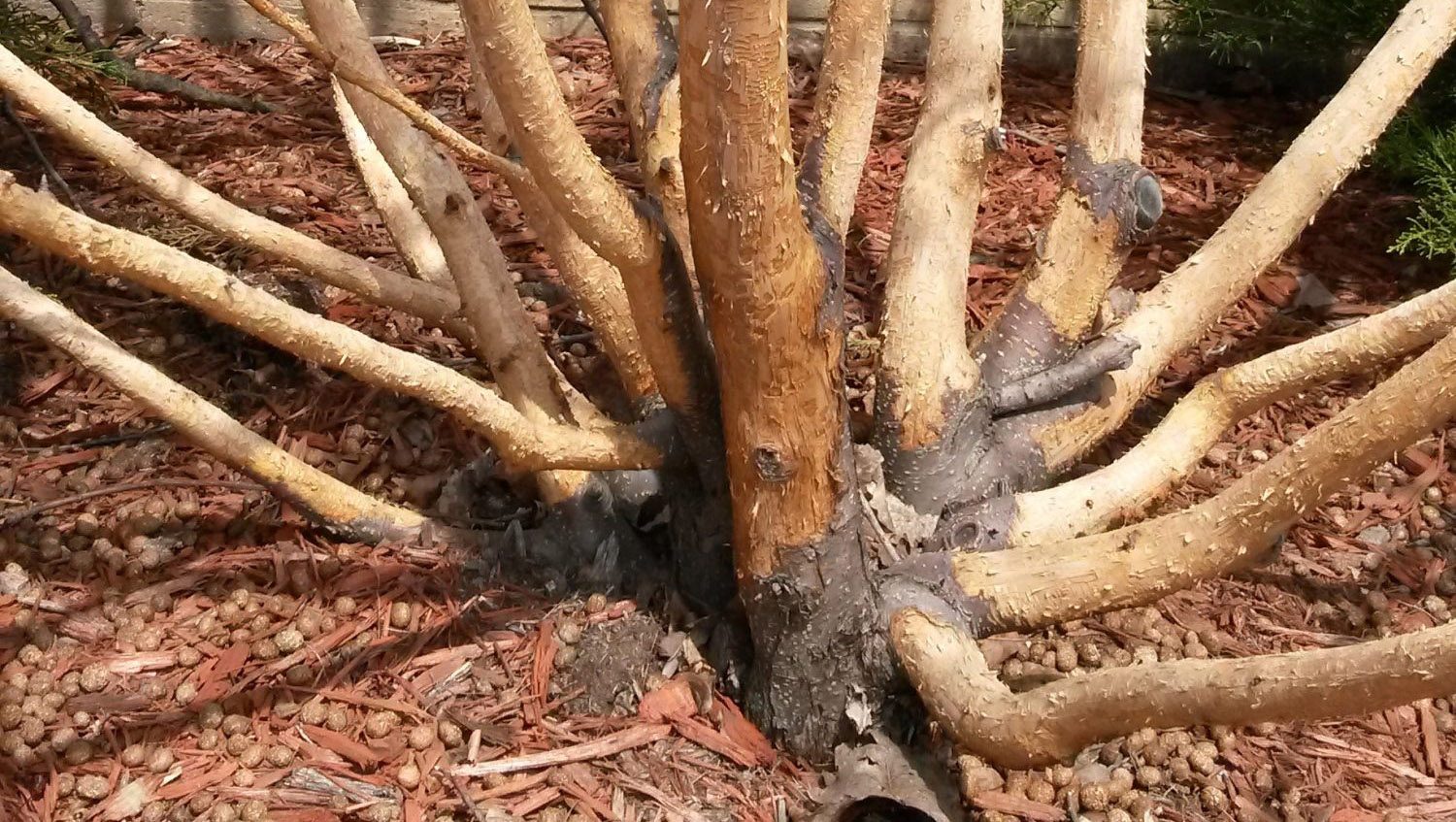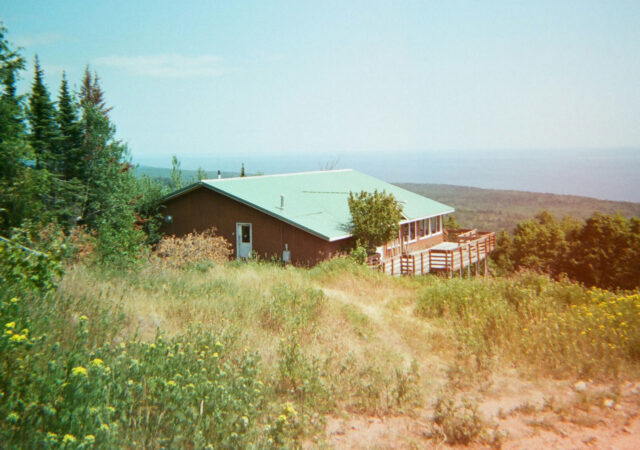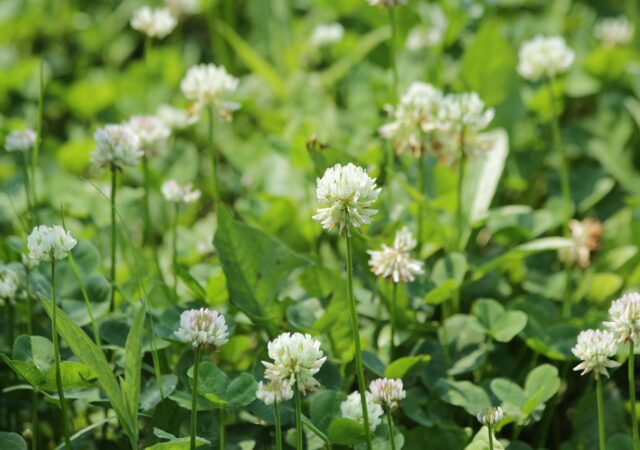Winters in Minnesota are not only hard on humans, they are tough on plants, too. Even fully hardy plants can be affected by a variety of stressors during the winter. However, there are steps we can take to keep our plants happy and healthy.
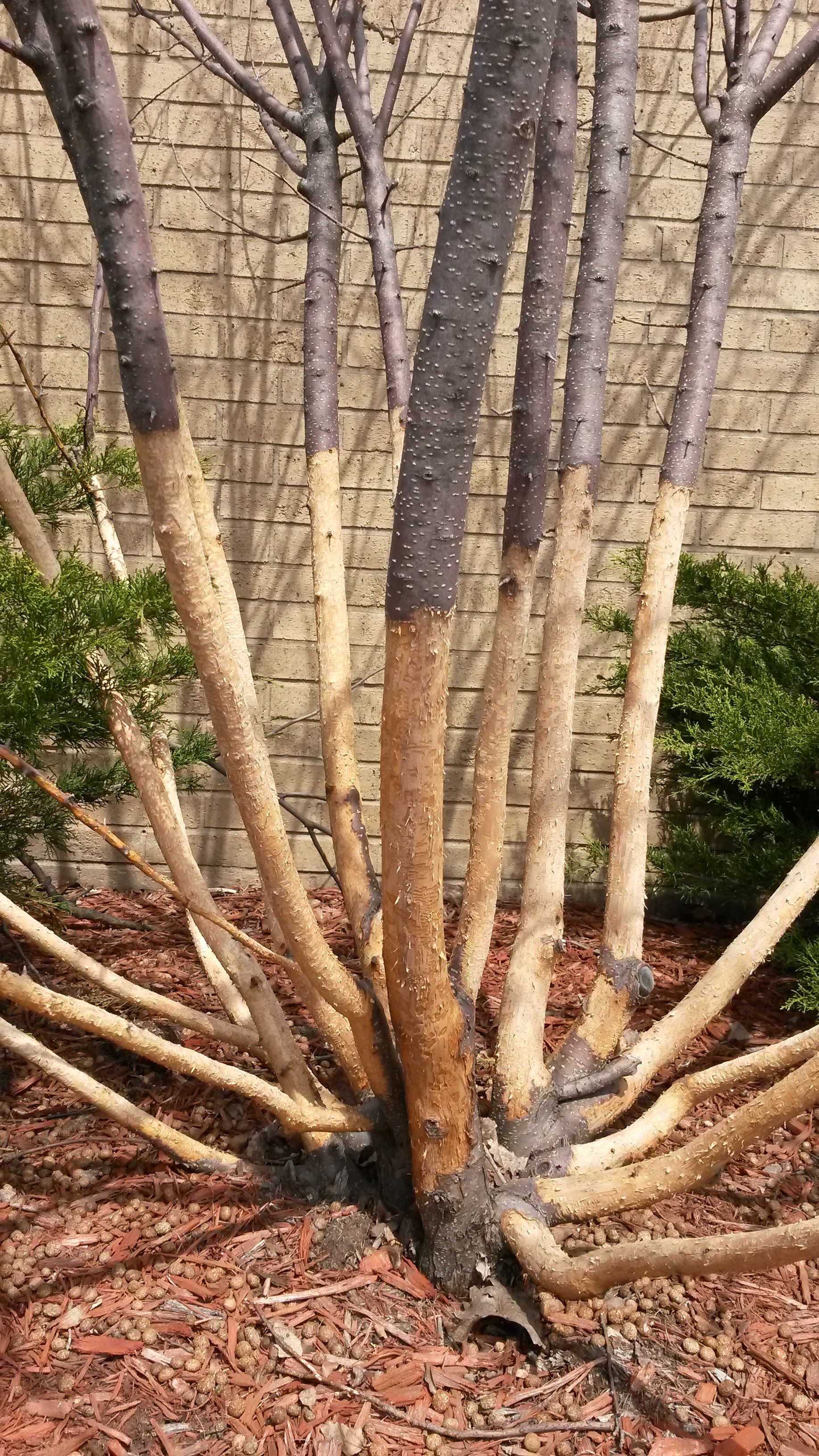 One of the main causes of winter damage to trees and shrubs is called sun scald. This happens when the sun warms up the bark or needles of a plant to the point of âwaking upâ. Then, when the sun goes away, the temperature rapidly drops, causing the activated tissues to die. Young trees and trees with thin bark, such as fruit trees, crabapples, maples, and honey locusts, are the most susceptible. To prevent sun scald, in the fall, simply wrap the trunk of the tree with a commercial tree wrap or any light-colored material. You can remove the wrap in the spring after the danger of frost has passed.
One of the main causes of winter damage to trees and shrubs is called sun scald. This happens when the sun warms up the bark or needles of a plant to the point of âwaking upâ. Then, when the sun goes away, the temperature rapidly drops, causing the activated tissues to die. Young trees and trees with thin bark, such as fruit trees, crabapples, maples, and honey locusts, are the most susceptible. To prevent sun scald, in the fall, simply wrap the trunk of the tree with a commercial tree wrap or any light-colored material. You can remove the wrap in the spring after the danger of frost has passed.
Evergreens can experience browning or bleaching of foliage during winter both from sun scald and a few other factors. This can be easily avoided by protecting the plant from the harsh winter elements with a barrier of burlap or similar material on the south, southwest, and windward sides of the plant (fig. 1). You can also prevent winter injury by ensuring your evergreens are properly watered throughout the growing season. A burlap screen can also help to prevent salt spray from the plows from reaching and damaging plants near busy roadways.
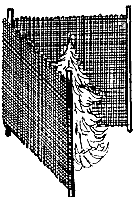
If you struggle with rodents or rabbits gnawing on your trees and shrubs, the best course of action is generally either a physical barrier or chemical repellants. There are a variety of effective repellants on the market which make plants undesirable through taste or smell, but most need to be frequently reapplied in order to be effective. Alternatively, there are some systemic repellants that reduce the need for reapplication. A physical barrier can be a very effective method for keeping out critters and it can be left on all season, as long as there is room for the plant to grow. It should be made from at least ¼ inch mesh hardware cloth or metal chicken wire, sufficiently tall to reach well above the anticipated snow line, and it must be buried or affixed to the ground. This method can work to exclude deer as well, just adjust the scale of the barrier accordingly.
Source: https://www.extension.umn.edu/garden/yard-garden/trees-shrubs/protecting-from-winter-damage/

